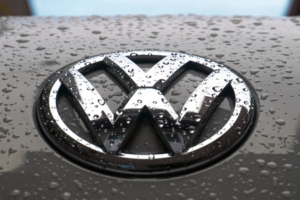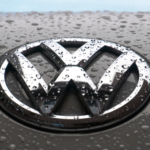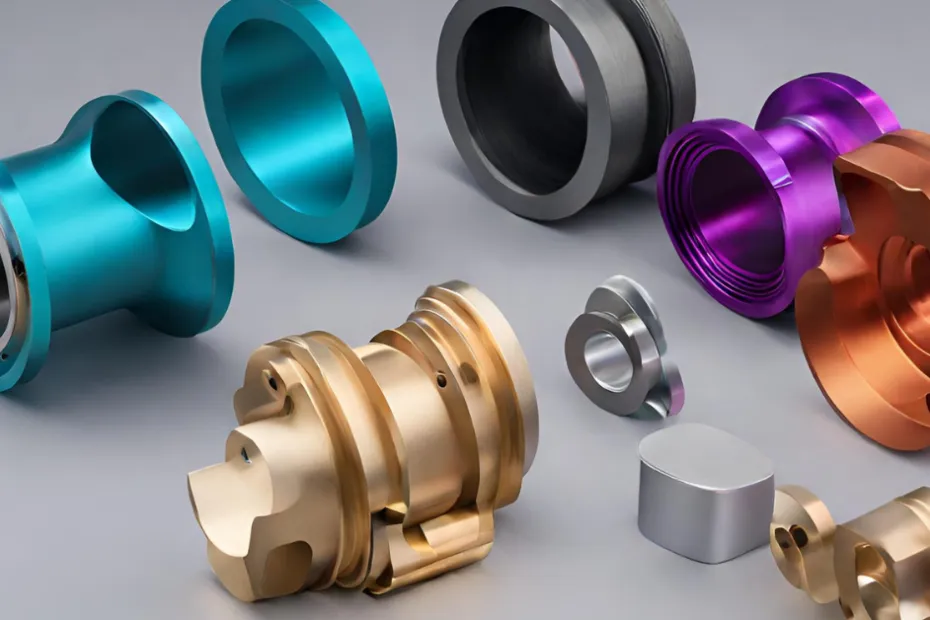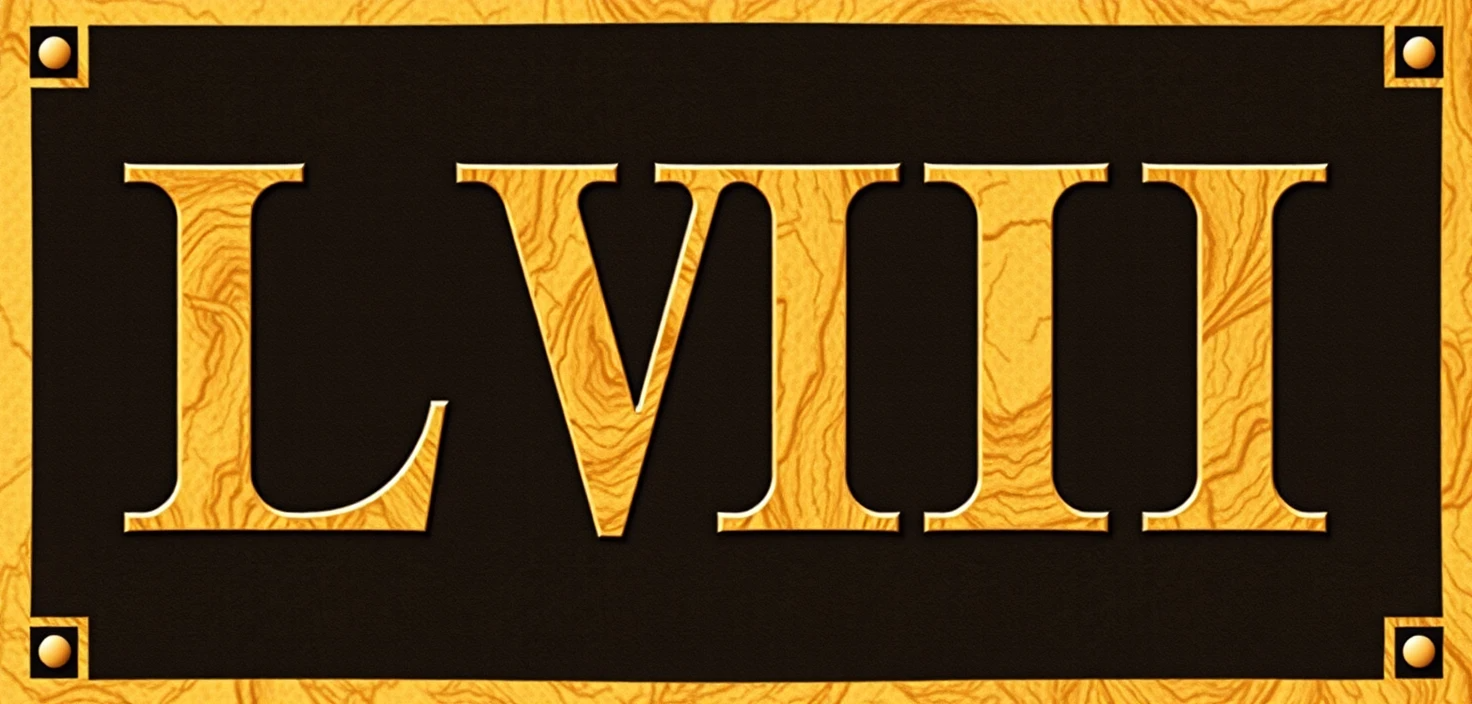Anodizing aluminum offers various benefits, making it one of the most preferred surface finishing options for enhancing the aesthetics and performance of aluminum parts. However, you need to consider various factors before selecting this finish for your aluminum parts.
This article comprehensively discusses six factors that need consideration before selecting anodizing for aluminum works.
Why Choose Anodizing for Aluminum Parts?
Anodizing aluminum parts offers numerous benefits, making them an excellent choice for enhancing the aesthetics and performance of aluminum components.
This section discusses reasons why anodizing is a preferred surface finish for aluminum.
Enhanced Durability
Anodizing increases the surface hardness of aluminum, making it more resistant to wear and tear. This improved durability ensures that anodized aluminum parts have a longer lifespan than untreated ones.
Corrosion Resistance
One of the most notable advantages of anodizing is its ability to enhance the corrosion resistance of aluminum. The anodized oxide layer acts as a protective barrier, reducing the effect of oxidation and shielding the aluminum part from corrosion and rusting. This advantage is particularly beneficial in harsh environments or applications exposed to moisture and chemicals.
Aesthetic Appeal
Anodizing allows for a wide range of color options and finishes, giving aluminum parts an attractive and uniform appearance. The process creates a vibrant, long-lasting color that won’t chip or peel, making it ideal for decorative applications in architectural, automotive, and consumer products.
Improved Adhesion for Paint and Coatings
The porous nature of the anodized layer provides an excellent surface for additional coatings and paint. This property ensures that subsequent layers adhere better, improving overall coating performance and durability.
Environmentally Friendly
Anodizing is an environmentally friendly process that does not involve harmful chemicals. In fact, it does produce hazardous byproducts. The anodized layer is non-toxic and safe, making it suitable for food preparation, medical equipment, and consumer goods applications.
Low Maintenance
Anodized aluminum parts are easy to clean and maintain. The anodized surface does not require frequent upkeep, reducing the need for maintenance and associated costs over time.
Enhanced Thermal Insulation
The anodized layer can also provide thermal insulation properties, making it beneficial for applications where temperature regulation is crucial.
DIY vs Anodizing Shop Near Me
Anodizing is a straightforward process with little to no complexity. Therefore, when deciding to anodize aluminum parts, you have two options: doing it yourself (DIY) or using a professional anodizing shop. Each approach has its own set of advantages and disadvantages. Understanding these can help you determine which method best suits your needs.
DIY Anodizing
DIY anodizing involves setting up a small-scale anodizing station at home or in your garage. This process requires specific chemicals, equipment, and safety measures to be successful. However, this process is only open to persons who know how to perform the process.
Pros of DIY Anodizing
Below are some of the advantages of DIY anodizing aluminum
- Cost-Effective: Like most DIY operations, DIY anodizing can be more affordable than professional services, especially for small-scale projects.
- Control Over Process: DIY anodizing your aluminum parts provides you with complete control over the process, allowing for customization and experimentation with different colors and finishes.
- Convenience For hobbyists or small-scale fabricators, DIY anodizing can be done on your schedule without waiting for external services.
- Learning Opportunity: It offers a hands-on learning experience and a better understanding of the anodizing process.
Cons of DIY Anodizing
Below are the significant shortcomings of DIY anodizing aluminum.
- Initial Setup Cost: While anodizing is straightforward, you still need to purchase the necessary equipment, and chemicals can be expensive initially.
- Safety Risks: Handling acids and other chemicals required for anodizing can be hazardous without proper safety measures.
- Quality Control: Achieving consistent quality and professional-grade results may be challenging, especially for beginners.
- Time-Consuming: DIY can be time-consuming, especially when learning and troubleshooting.
Anodizing Shops
While DIY anodizing may offer many benefits, patronizing a machine shop offering anodizing services may be a better fit for your project. These workshops provide professional anodizing solutions, among other specialized services your project may require.
Moreover, they perform these operations using industrial-grade equipment and expertise. These shops handle everything from preparation to the final finish. However, if you like to get your hands dirty and prefer DIY operations, you can proceed to anodize your aluminum parts yourself.
Pros of Using Anodizing Shops
Though we have already hinted at some of the advantages of consulting a machine shop, we examine more below.
- High-Quality Finish: Professional shops can provide a consistent, high-quality anodized finish that is almost impossible to achieve with DIY methods.
- Expertise: By consulting with an anodizing shop, you get to use trained technicians who help ensure the anodizing process is done correctly, minimizing the risk of defects.
- Efficiency: Shops can handle large volumes of parts efficiently, making them ideal for commercial projects.
- Safety: Using a professional service eliminates the need to handle dangerous chemicals and equipment yourself.
Cons of Using Anodizing Shops
While the pos of consulting an anodizing shop seems enticing, below are some of the downsides.
- Cost: Professional anodizing services are more expensive, particularly for small projects or custom orders.
- Turnaround Time: Depending on the shop’s workload, getting your parts anodized may be a waiting period.
- Less Control: You have less control over the process than DIY, which may limit customization options.
- Accessibility: Finding a reputable anodizing shop near you can be challenging in some areas.
Therefore, deciding between DIY anodizing and using a professional shop depends on your needs, budget, and willingness to invest time and effort.
How Much Does Anodizing Aluminum Cost
The cost of anodizing aluminum can vary significantly based on several factors, including the type of anodizing, the size and complexity of the parts, and the volume of the order. This section provides a detailed look at the potential cost implication of anodizing aluminum parts.
Factors Influencing Cost of Anodizing Aluminum
Below are the factors influencing the cost of anodizing aluminum.
Type of Anodizing
The type of anodizing particularly relates to individuals consulting a professional anodizing shop.
- Type II (Sulfuric Acid Anodizing): This is the most common and cost-effective type, typically used for decorative and protective purposes. It is the go-to method of anodizing for hobbyists and DIY individuals.
- Type III (Hardcoat Anodizing): This type is more expensive due to its thicker, more durable coating, often reserved for industrial applications.
Size and Complexity of Parts
Generally, larger aluminum parts will incur higher cost implications. This also applies to their design complexity. Larger parts mean more surface area to anodize, increasing material usage and processing time. Likewise, intricate designs or parts with detailed features may require more time and care, increasing anodizing cost.
Volume
DIY anodizing is only feasible with small-scale projects. It is best to consult an expert service that provides anodizing solutions when dealing with bulk volume. However, small orders may incur higher per-unit costs due to setup fees and lower economies of scale. Therefore, larger volumes will benefit from reduced per-unit costs.
Additional Services
Anodizing costs may increase further depending on your custom needs, such as requesting a specific color or pre-anodizing treatments such as polishing.
Design Flexibility and Customization Options
Anodizing offers considerable design flexibility and customization options for aluminum parts. The process allows various finishes, colors, and textures to be applied to the metal surface, enhancing aesthetic appeal and functional properties.
Whether you need a decorative finish for consumer products or a durable coating for industrial applications, anodizing can be tailored to meet specific design requirements. Customization options include matte or glossy finishes, vibrant colors, and specialized treatments like two-tone anodizing or patterned finishes.
Therefore, choosing anodizing provides flexibility in achieving desired design aesthetics. Moreover, it maintains the inherent properties of aluminum, such that if there’s any reason to remove the anodizing, you have your original aluminum part intact.
How to Maintain Anodized Aluminum
As we mentioned earlier, anodized parts do not require extensive maintenance practices. The maintenance procedure for anodized aluminum parts is straightforward and contributes to the longevity and appearance of the anodized finish.
Here are some essential maintenance practices to keep your anodized aluminum parts in excellent condition:
Regular Cleaning
Anodized aluminum parts can be cleaned with mild detergent, soft cloths, or sponges. Detergents for cleaning anodized aluminum should be mild and pH-neutral. Harsh chemicals, abrasive cleaners, or sponges should not be used, as they can damage the anodized layer. Afterward, rinse thoroughly with clean water to remove any soap residues. Then, dry the surface with a soft cloth to prevent water spots.
Protecting the Surface
Indeed, anodizing shields the aluminum part; however, periodic application of a suitable protective sealant can enhance durability and resistance to stains and corrosion. For example, applying high-quality car wax can add an extra layer of protection for anodized aluminum car parts.
Handling and Storage
While anodizing provides a protective oxide layer on aluminum parts, these components should be handled carefully to prevent scratches and dents. When storing, ensure parts are kept in a dry, protected area to avoid accidental damage.
Addressing Stains and Marks
When there are stains or markings on the surface of the anodized aluminum part, ensure simple cleaning with mild soap and water. Use baking soda and water to create a gentle abrasive paste for stubborn stains. Apply it with a soft cloth, then rinse thoroughly.
Environmental Considerations
While anodized aluminum is corrosion-resistant, prolonged exposure to harsh environments (like coastal areas with salty air) can accelerate wear. Regular cleaning and protective measures are essential in such conditions.
How to Remove Anodizing from Aluminum
Removing anodizing from aluminum involves stripping the anodized layer to reveal the bare metal underneath. This is usually done for various reasons, such as re-anodizing, performing another surface finish, or restoring the original aluminum surface.
The standard process for removing anodizing from aluminum is to soak it in a mixture of caustic soda (sodium hydroxide or lye) and water. After a while in the caustic soda mixture, bubbles will form, indicating the removal of the anodized layer. Then, you can use a soft brush to scrub the surface to help remove the anodized layer gently. Do not use an abrasive brush, which may scratch the metal underneath.
Once the anodizing is removed, neutralize any remaining lye solution on the aluminum part by dipping it in vinegar or citric acid. Afterward, rinse the aluminum part thoroughly with clean water to remove residual chemicals. Ensure all traces of the lye and neutralizing solution are washed away. Then, you can dry the aluminum part with a clean cloth and inspect it to ensure all the anodizing has been removed. Repeat the process if necessary for any remaining anodized spots.
Conclusion
Choosing anodizing for aluminum parts ensures enhanced durability and aesthetic appeal and affords you vast customization possibilities. Whether you opt for DIY solutions or professional anodizing services, the process offers reliability and efficiency in achieving the desired outcomes. However, consider these factors before deciding whether aluminum is the best fit for your project.


















